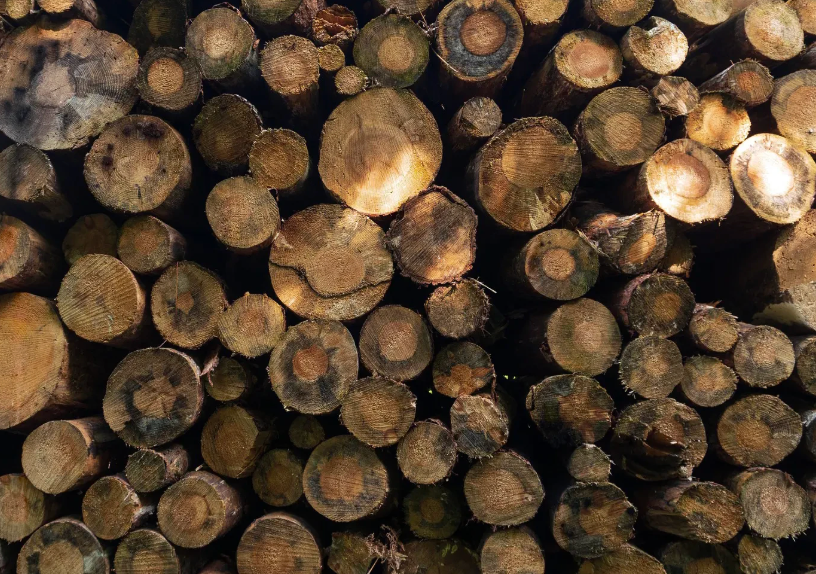Space Farming
- Kelly Song

- Jan 12, 2024
- 3 min read
As scientists aspire to send astronauts on longer and longer missions, the important matter of food is one of main concerns. Especially in a foreign microgravity environment, it is essential for astronauts to have access to a wide variety of nutrient-dense foods to keep in shape both mentally and physically, in order to thrive for the duration of their mission. For these reasons, the ability to grow plants in altered microgravity conditions is a prioritized topic of study.
Fundamentals:
It is common knowledge that plants need sunlight, soil, water, and carbon dioxide to live. As all of these work in harmony to create a cycle in which the plant is able to receive the nutrients it needs to flourish, but the sole component that allows this cycle to occur is most often forgotten—gravity. Gravity pulls the roots down, helping to orient the stem and allowing proper water distribution. Without it, the plant would be unable to have a good sense of where to grow. Furthermore, in space, water behaves differently. Without gravity to hold it down, water forms bubbles and has the ability to float away; this causes issues with the plant as the water bubble can drown the roots or float away from the plant entirely. In response to this, scientists have figured out a way to optimize the use of other environmental cues such as light in order to help with plant growth. Light can be used as an alternative indicator for plant growth and spatial awareness, as well as already contributing to the actual life of the plant itself. Other controlled enclosures make use of hydroponic and aeroponic systems, being suspended in water full-time or not at all, instead being sprayed by a mist that supplies their nutrients, to ensure plant growth in the absence of gravity.
Veggie:
The Vegetable Production System, or Veggie, is a space garden located on the space station designed to study plant growth in microgravity. It is used for scientific research as well as aiming to supplement astronauts' diets with fresh food, contributing to their well-being in space. Veggie utilizes "pillows," containing clay-based growth media and fertilizer, to support plant growth by distributing water, nutrients, and air around the roots. As mentioned before, plants rely on other environmental cues, such as light, for orientation in the absence of gravity. LEDs emitting a spectrum suitable for plant growth are used, giving the Veggie chamber a unique magenta-pink glow. The chamber has achieved successful cultivation of various plants, including lettuce, cabbage, kale, and flowers. The harvested produce has been consumed by astronauts, demonstrating the safety and enjoyability of space-grown food. Future plans include expanding the variety of crops, potentially including tomatoes and peppers, with the added benefit of certain foods providing radiation protection for the crew.
APH:
The Advanced Plant Habitat (APH) is a sophisticated growth chamber on the space station designed for plant research. Unlike Veggie, APH is enclosed and automated, with cameras and over 180 sensors for constant monitoring. It utilizes LED lights with multiple colors, including red, green, blue, white, far red, and infrared, providing control over water, nutrients, and atmosphere content. The APH was tested with Arabidopsis thaliana and dwarf wheat in 2018, and ongoing studies, such as the Arabidopsis Gravitational Response Omics (Arabidopsis-GRO) consortium, aim to understand the impact of microgravity on plants at the gene, protein, and metabolite levels. Researchers, led by Dr. Norman Lewis, seek to unravel the relationship between microgravity and plant lignin content, exploring the potential benefits of genetically engineered plants for future space exploration and colonization.
The utilization of advanced plant growth systems like the Veggie and the Advanced Plant Habitat not only enhances our understanding of plant biology in microgravity but also holds promise for developing sustainable and nutritious food sources for astronauts during space missions, paving the way for future exploration and colonization.
References
“Space Food Technology: How Are Plants Grown in Space.” FoodUnfolded, www.foodunfolded.com/article/how-plants-are-grown-in-space-space-food-technology. Accessed 31 Dec. 2023.
“Exploring the Fundamentals of Space Farming - Nasa Science.” NASA, NASA, science.nasa.gov/science-research/biological-physical-sciences/exploring-fundamentals-space-farming/. Accessed 31 Dec. 2023.
“Growing Plants in Space.” NASA, NASA, 8 Dec. 2023, www.nasa.gov/exploration-research-and-technology/growing-plants-in-space/.





Comments